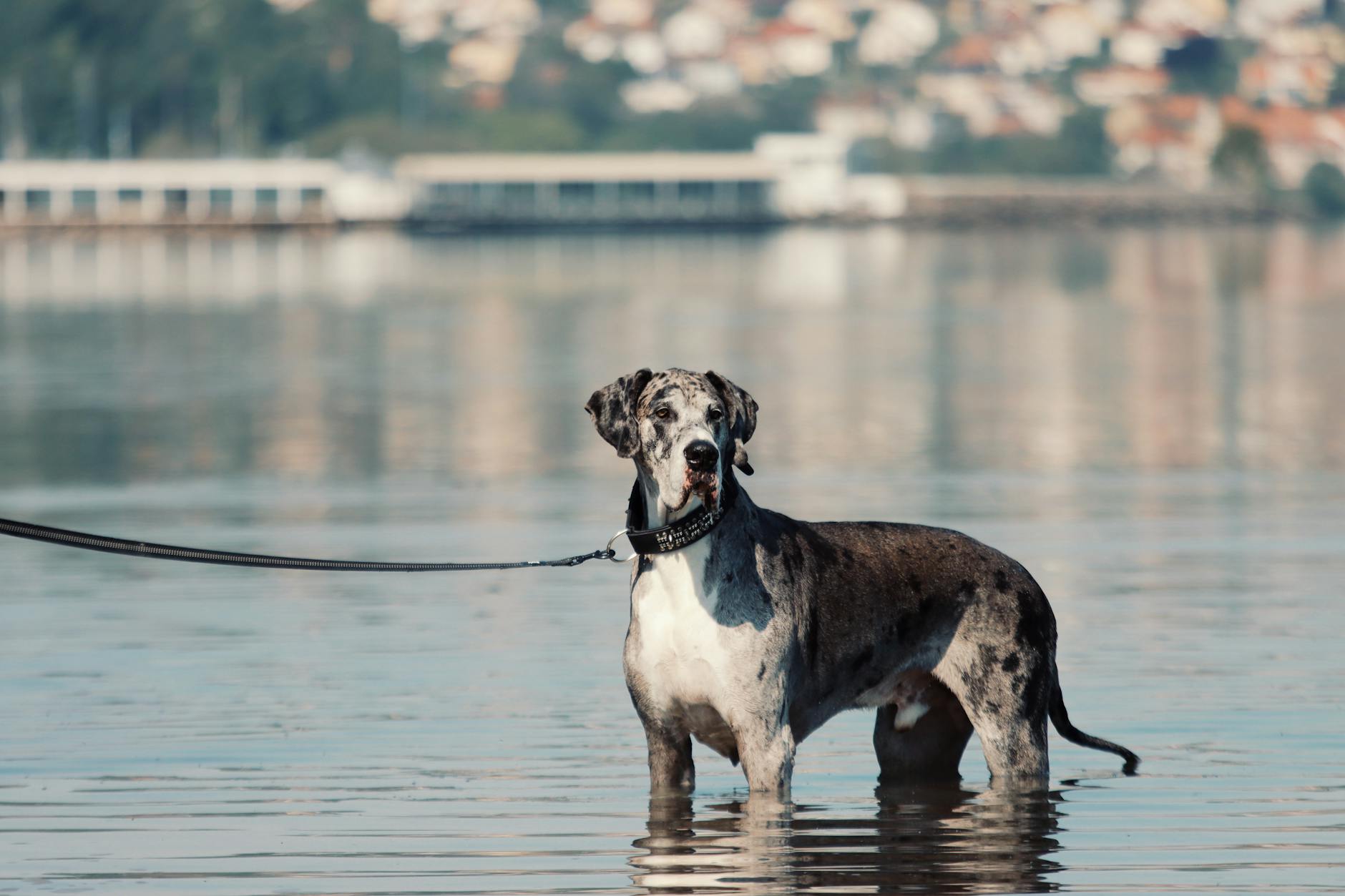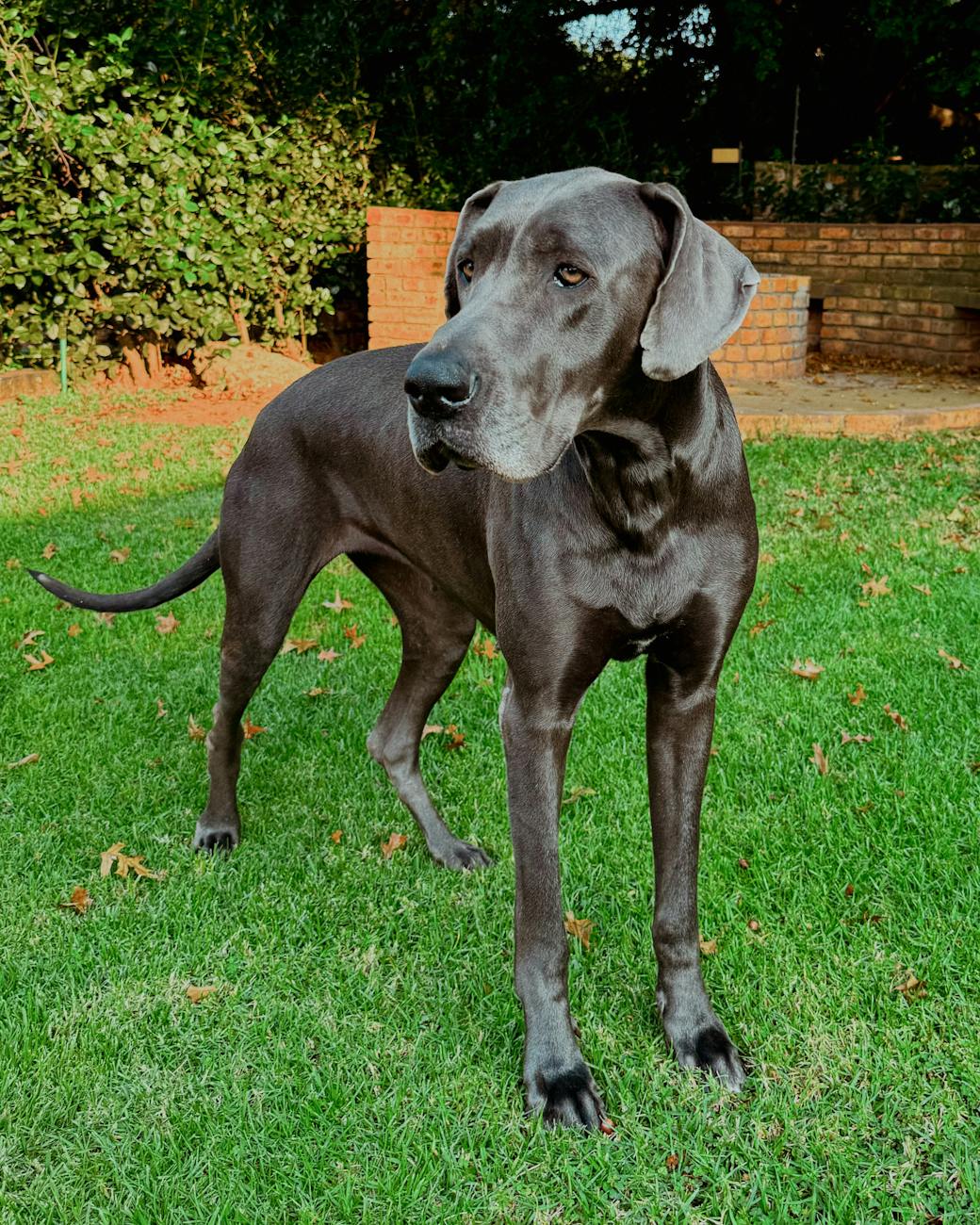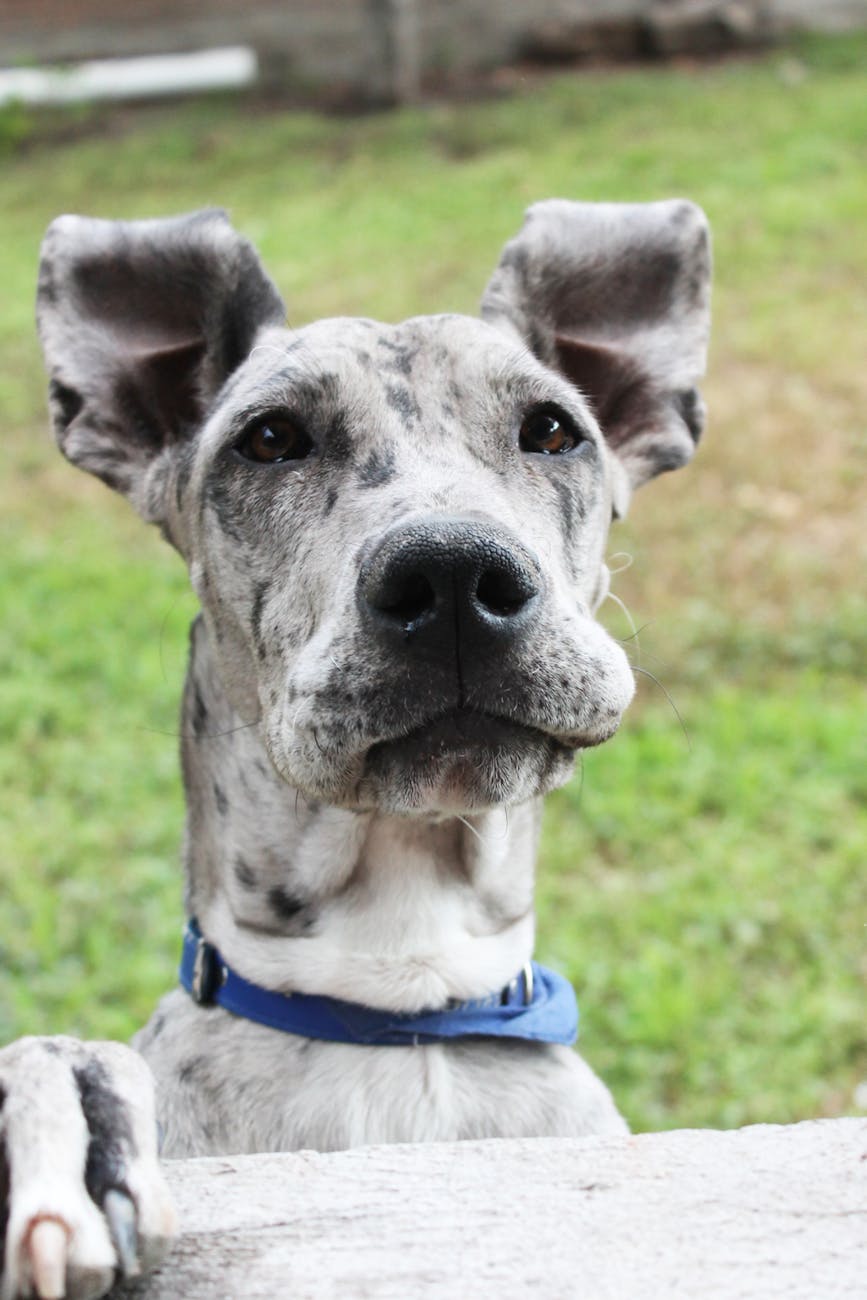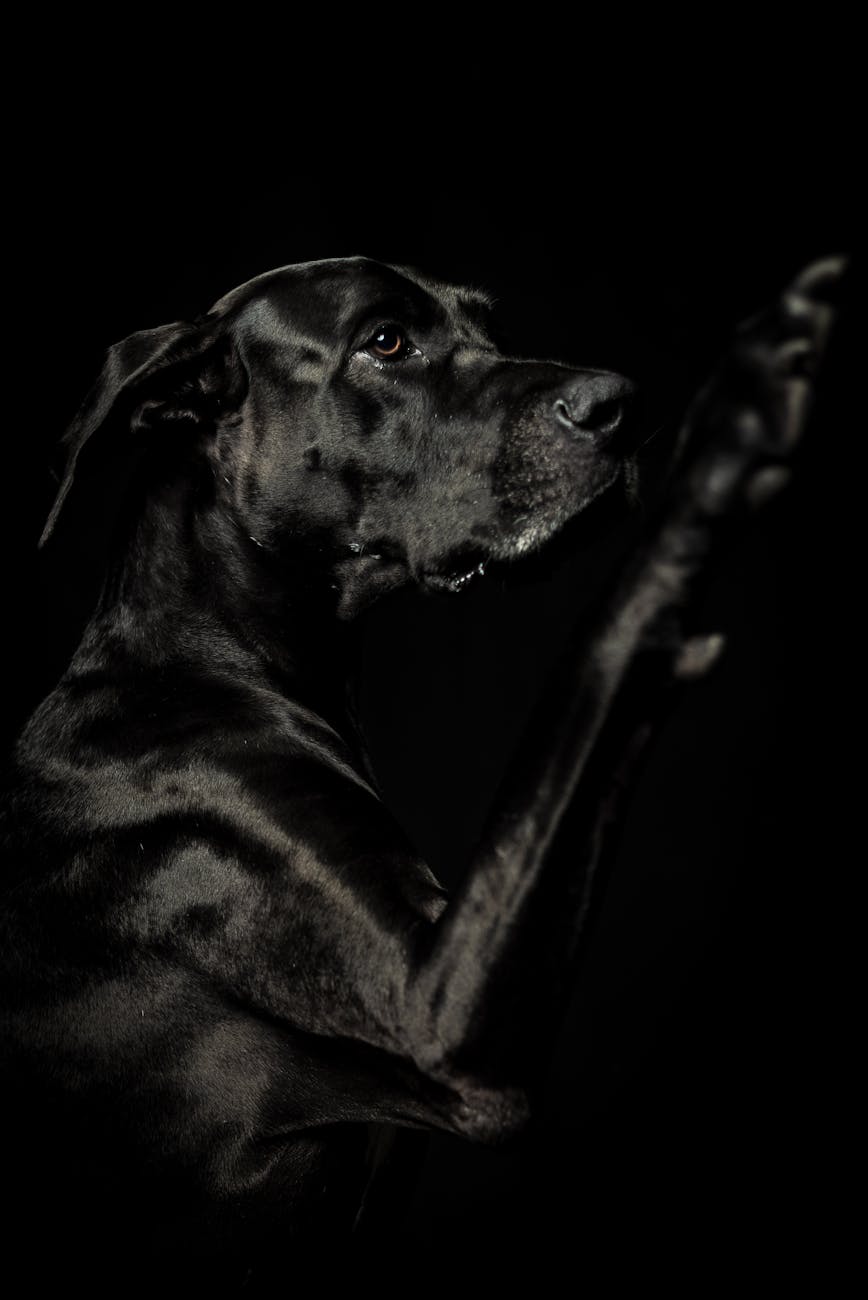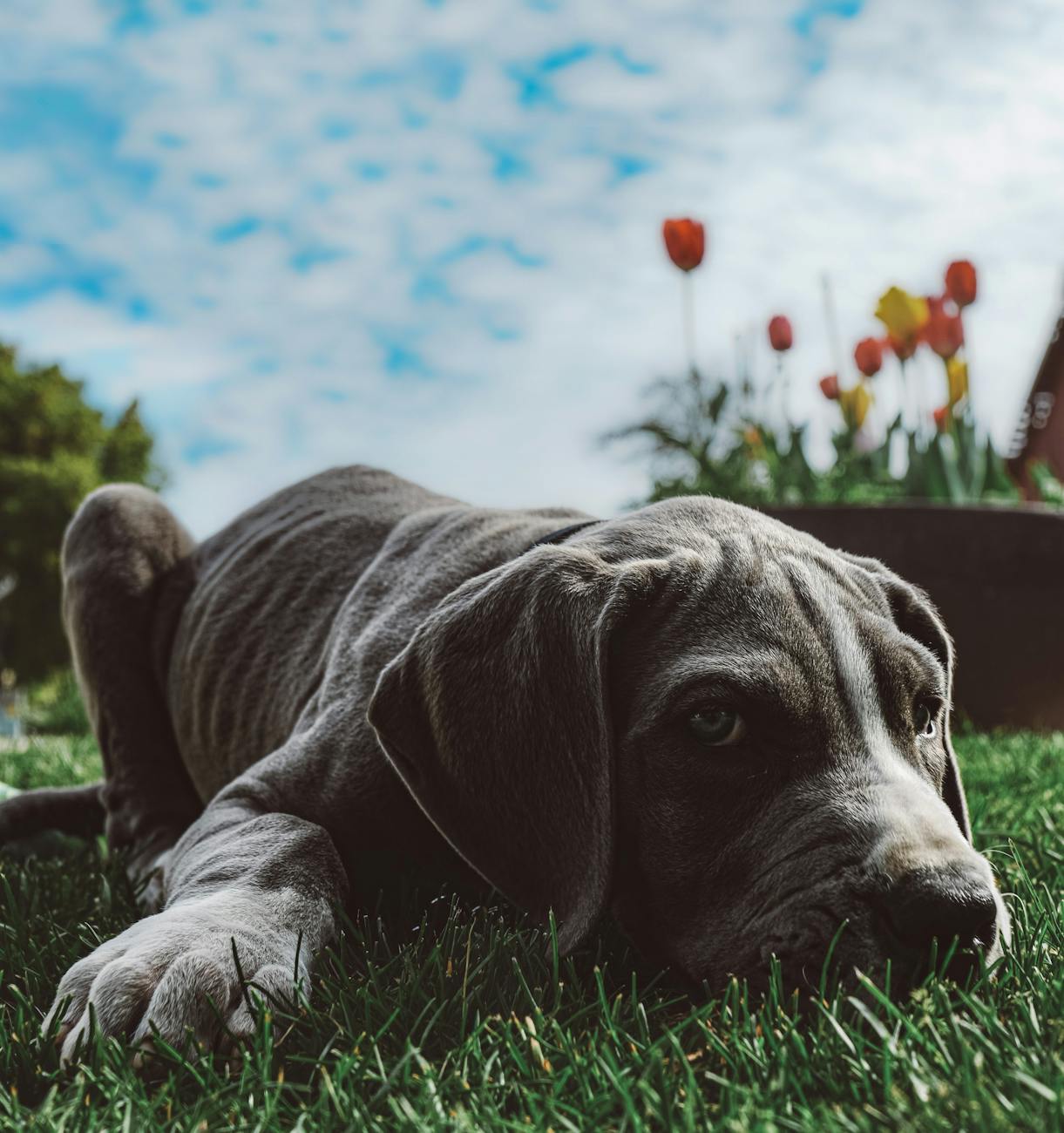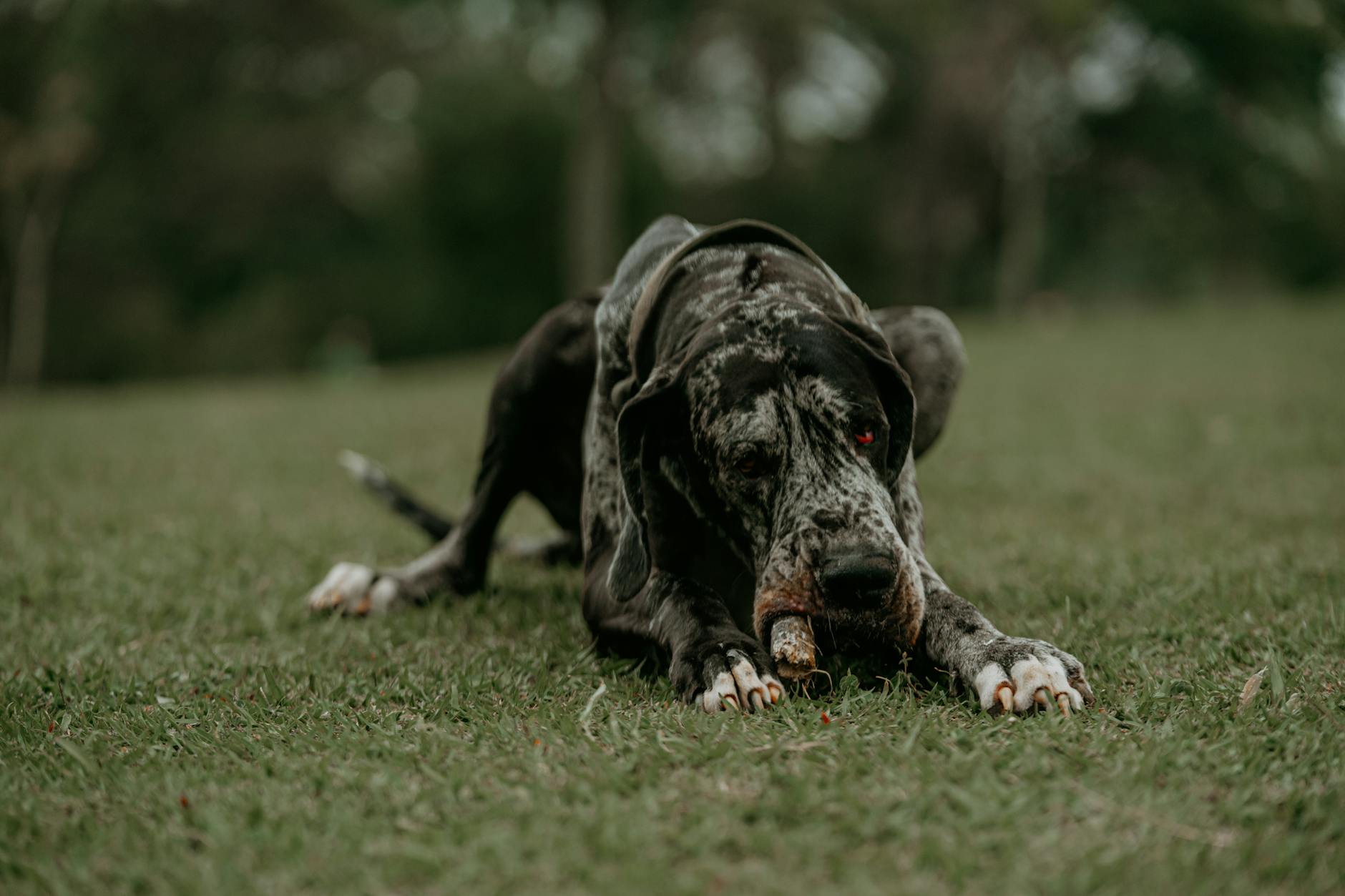History & Origin
Despite their name, Great Danes originated in Germany, not Denmark. Originally bred to hunt wild boar, these magnificent dogs were developed from English Mastiffs and Irish Wolfhounds. The breed was refined in the 16th century by German nobility who wanted a dog that combined the Mastiff's strength with the Greyhound's speed.
The Gentle Giant Reputation
Great Danes are famously known as "gentle giants" due to their calm, friendly, and patient nature. Despite their imposing size, they are incredibly gentle with children and make excellent family companions. Their temperament is often described as friendly, patient, and dependable.
Modern Great Danes
Today's Great Danes are primarily companion dogs, though they still retain their protective instincts. They're excellent watchdogs, not because they're aggressive, but because their size alone is often enough to deter intruders. They're known for being "velcro dogs" who love to stay close to their human families.
